

Let’s be honest — no one budgets for what they can’t see. Yet that’s exactly where many supply chains are bleeding today: in the gaps between what’s planned and what actually happens.
And in the high-tech industry — where products are valuable, customers are demanding, and lead times are tight — those small gaps create big problems.
This is a story about the costs that go unnoticed... until they snowball. And how SAP S/4HANA Transportation Management (TM) helps you take control of them.

You thought everything was in order — carriers delivered, invoices arrived, and payments were made.
Then came the review.
Your team caught multiple overcharges:
Turns out, your finance team was manually checking line by line, juggling multiple portals, contracts, and spreadsheets. Mistakes weren’t the exception — they were happening every week.
The real cost?
Overpayments. Missed recoveries. And hours of manual effort that could’ve been spent elsewhere.
What SAP TM does differently:
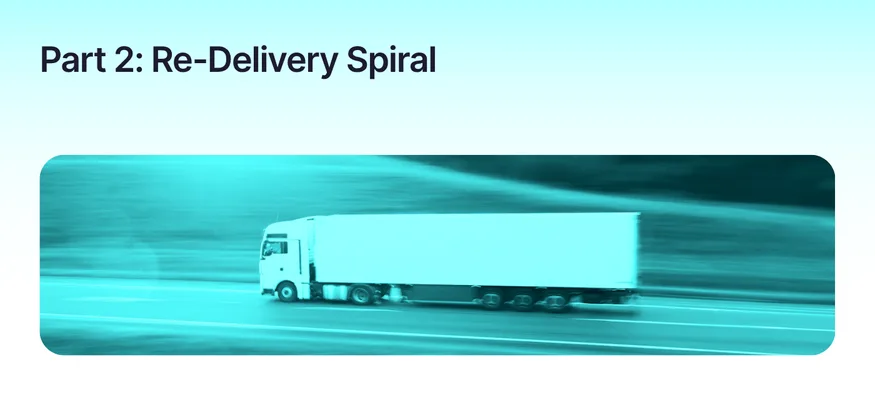
The truck showed up on time.
The customer wasn’t ready.
Now the truck is circling back tomorrow. You’re paying for the extra trip, burning fuel, losing time — and the customer isn’t thrilled either.
It wasn’t just a scheduling issue — it was a visibility issue. The lack of real-time updates, changing delivery windows, and dynamic constraints meant your plan was out of sync the moment execution began.
The real cost?
Overtime charges. Wasted miles. Penalties. Lost trust.
What SAP TM does differently:
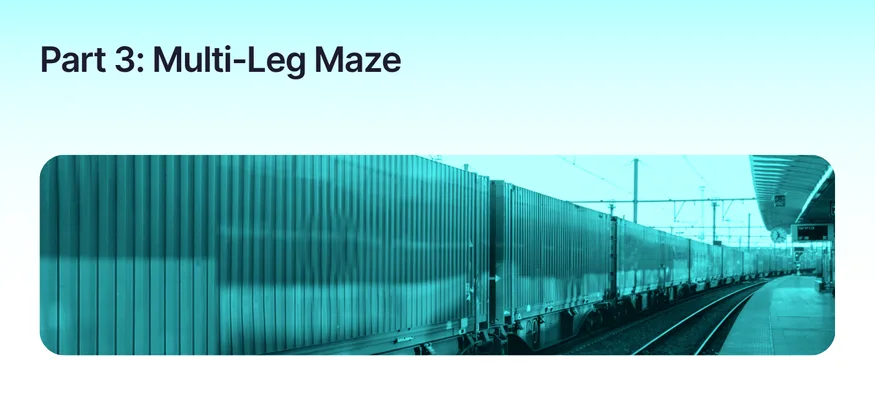
That high-value electronics shipment took a global journey:
🚛 Truck to the port → 🚢 Ocean → 🚂 Rail → 🚛 Final-mile truck.
You had the plans in place. But a rail delay went unnoticed. A warehouse window was missed. The truck sat waiting. The downstream team didn’t even know the ETA had changed — until the customer called.
Why? Because each leg was managed in a separate system, and no one had the full picture.
The real cost?
Idle assets. Missed consolidation. Extra storage charges. Constant firefighting.
What SAP TM does differently:

Everyone talks about visibility.
But in practice, you had siloed tools showing part of the journey.
No one saw the truck stuck at the border. Or that the port was backlogged. Or that the warehouse was overwhelmed.
The only signal something went wrong? A missed delivery window — and a customer escalation.
The real cost?
Expedited freight. Overstock. Angry customers. Disrupted operations.
What SAP TM does differently:
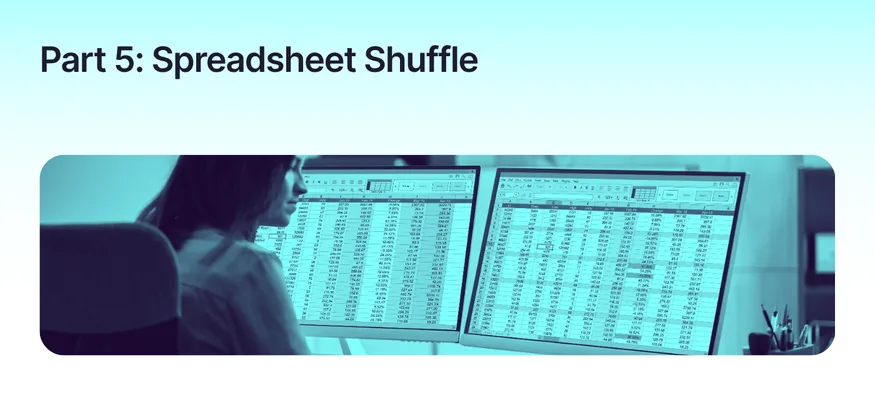
You pride yourself on process discipline.
But when your operations rely on manual entries, re-keyed data, and emailed documents — that discipline gets stretched thin.
The customs form was late. The export declaration got flagged. And your audit trail? Barely holding up.
The real cost?
Penalties. Delays. Compliance headaches. Team burnout.
What SAP TM does differently:
When these things happen one at a time, they seem like minor glitches.
But add them up, and they’re the silent killers of profit, performance, and customer trust.
What changed for us — and for many other high-tech supply chains — was switching to SAP S/4HANA Transportation Management.
We stopped reacting.
We stopped overpaying.
We stopped guessing.
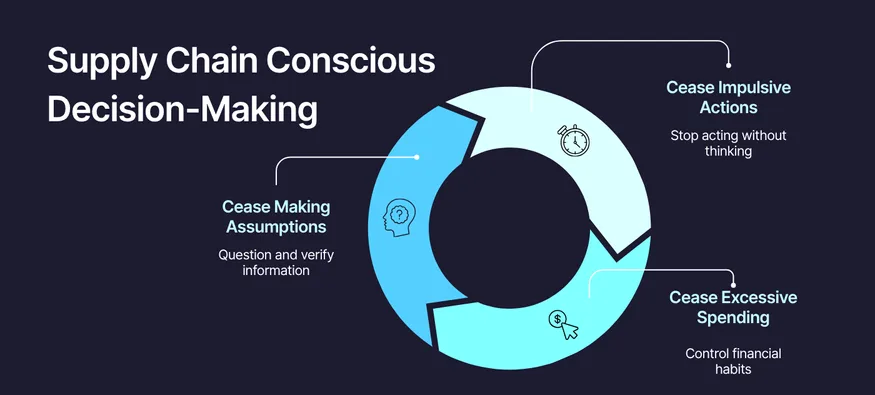
We started seeing.
We started controlling.
We started winning.
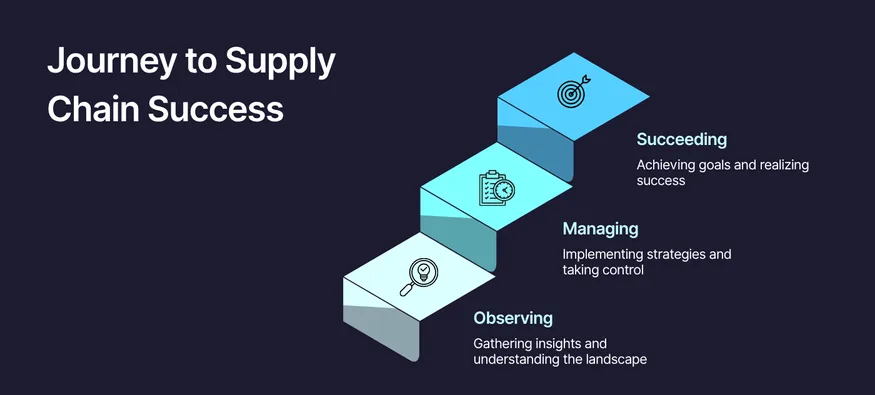
If your transportation costs look fine on paper — but don’t feel right in reality — it might be time to ask:
What am I not seeing?
Let’s talk about how SAP TM can help you uncover those overlooked costs — and turn them into opportunities for efficiency and growth.
